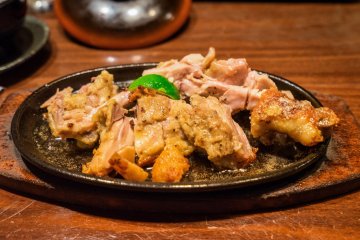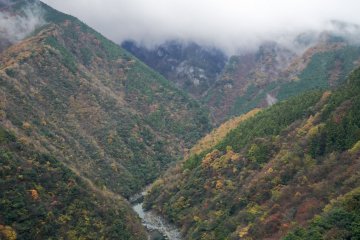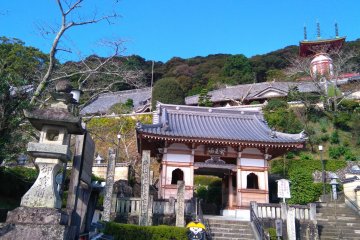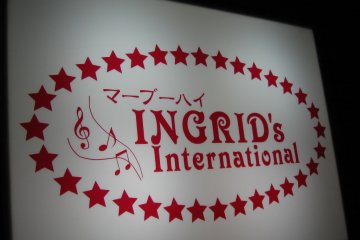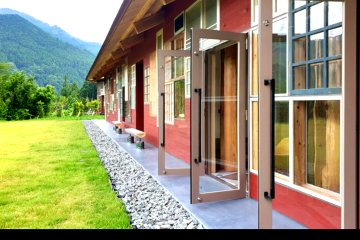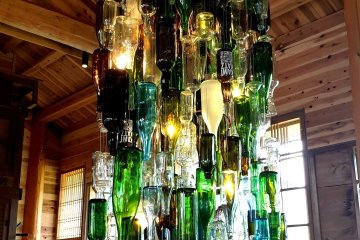Overwhelmed by plastic, packaging, and the sheer amount of oh-so-cute useless things to buy when travelling in Japan? Then give your inner eco-warrior a break at Kamikatsu’s zero-waste village.
One of the first things visitors are struck with on any trip to Japan is the amount of packaging and waste produced after a day of shopping. Plastic bags are still the norm in many establishments, snacks come wrapped in a minimum of two layers, and anyone who has spent any amount of time in Japan will know that when it comes to shopping, more is always more. And athough Japan has a long tradition of mottainai (waste not want not), these days that tradition can often feel largely forgotten amidst the country's hyper-commercialised modernity.
Last weekend, I stumbled upon Kamikatsu zero-waste centre, a town that has been exploring the zero-waste movement in Japan since 1997. This year they welcomed visitors with their new, eye-catching information centre and the innovative hotel WHY. It's no accident that despite the hotel's unusual architecture, the building seems at home in its environment. The building is made from local rough cedar, a by-product of Kamikatsu’s forest industry. The centre is home to a waste separation facility, shop, education centre and hotel beautifully forming the shape of a question mark when viewed from above.
The centre regularly offers classes and workshops. Although nothing was taking place the day I was there, one of the local volunteers was happy to explain the town’s philosophy to me. Garbage trucks don’t travel through the area, challenging locals to think about what they consume and ultimately question what they throw away. Waste is separated into 45 different categories. I was surprised by the amount of waste categories. Even for Japan, famous for its detailed waste separation, this was impressive.
The centre’s newly opened Kurukuru store is one of the ways guests can interact with the centre. Shop only in name, this is a focus on the reuse in Reduce, Reuse, Recycle mantra. Guests are invited to take home any of the items displayed in the shop free of charge, the only requirement is to record the weight of what was taken so a record can be kept of how much of the town’s waste was reused instead of thrown away. Guests are also invited to donate any unused items they might have at home.
If watching waste is not quite your thing then a further ten minutes down the road, lunch and a cold beer are available at the “RISE & WIN Brewing Co.” Set amongst a collection of zero-waste curiosities, there is plenty to take in before you sit down for your meal. For craft beer fans, RISE & WIN has an awesome selection of beers to satisfy any crafty connoisseur. And if you can’t choose one, then try a tasting menu to accompany your BBQ-style lunch, or perhaps to take some home for later.
Workshops and events are regularly posted on their social media, while rooms in Hotel WHY start from JPY11,000. Access to the centre and kurukuru store is free of charge. So take a break from the city, get a glimpse of a sustainable future and rediscover mottainai in Kamikatsu.



